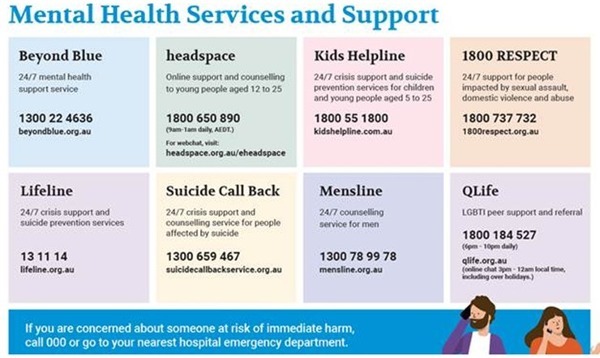Wellbeing News
Tools to Manage Dopamine & Motivation- Part 1
Dopamine is a molecule in the brain and body that is closely linked to our sense of motivation. It can also enhance our depth of focus and lower our threshold for taking action toward specific goals.
The simplest way to think about dopamine is that when our dopamine levels are elevated, we tend to focus our attention on outward goals — the things we want — and we feel motivated to pursue them. “Dopamine is about wanting, not about having,” said Dr. Anna Lembke, a professor of psychiatry and behavioural sciences and the chief of the Addiction Medicine Dual Diagnosis Clinic at Stanford, and she is 100% correct.
Contrast that with serotonin, which is associated not so much with “wanting” but with feelings of well-being about what we already have. These are generalisations of course — dopamine and serotonin do other things too, but they are accurate, nonetheless.
It is hard to overstate how much dopamine levels shape our perception of life, our emotions, and how capable we perceive ourselves to be — when dopamine levels are low, we feel unmotivated, derive less pleasure from pursuits and feel physically tired.
Part I: Managing Dopamine to Sustain Motivation
We have a baseline of dopamine, and it can spike or drop based on various actions, compounds we ingest or even our thoughts. Our baseline dopamine levels are influenced by many factors, including genetics, behaviours, sleep, nutrition and the level of dopamine you experienced on previous days. It is critically important to maintain sufficient levels of baseline dopamine to sustain day-to-day motivation. We don’t want the baseline too low or too high.
We can establish a healthy level of baseline dopamine by:
- Viewing early morning sunlight for 10-30 minutes daily. (Don’t wear sunglasses for this, and don’t stare at the sun; eyeglasses and contacts are acceptable). This causes the release of dopamine. If done consistently, it will also increase levels of gene expression for certain dopamine receptors. If you’re up to it, take a 1-3 minute cold shower, as cold as you can safely tolerate, as well; this is known to increase baseline dopamine for hours dramatically.
- Eat tyrosine-rich foods such as red meats, nuts or hard fermented cheese. Tyrosine is an amino acid and a building block of dopamine — a diet rich in tyrosine will sustain your body’s natural dopamine production. You’ll need to consider the caloric and other contents of these foods, of course. It’s easy to find plant-based sources too. Simply do a web search for them.
- Avoid melatonin supplements, as these can decrease dopamine levels and can disrupt your normal sleep patterns.
- Avoid viewing bright lights between 10 p.m.-4 a.m. This is essential, as it has been shown to activate a brain region called the habenula and drastically reduce the amount of circulating dopamine in your system. If you must view light at these times, make it very dim. Once in a while is okay, but don’t make it a habit.
- Ingest caffeine (approximately 100-400mg) in the form of coffee, tea or whatever form you prefer. This will cause a mild increase in dopamine but also increases the availability of dopamine receptors, so your body is more sensitive to circulating dopamine. Don’t do this too close to sleep. I avoid caffeine after 2 p.m., with rare exceptions.
Author: Andrew Huberman (Huberman Lab)
Guidance Officer Anna Willis (Email : awill464@eq.edu.au)




